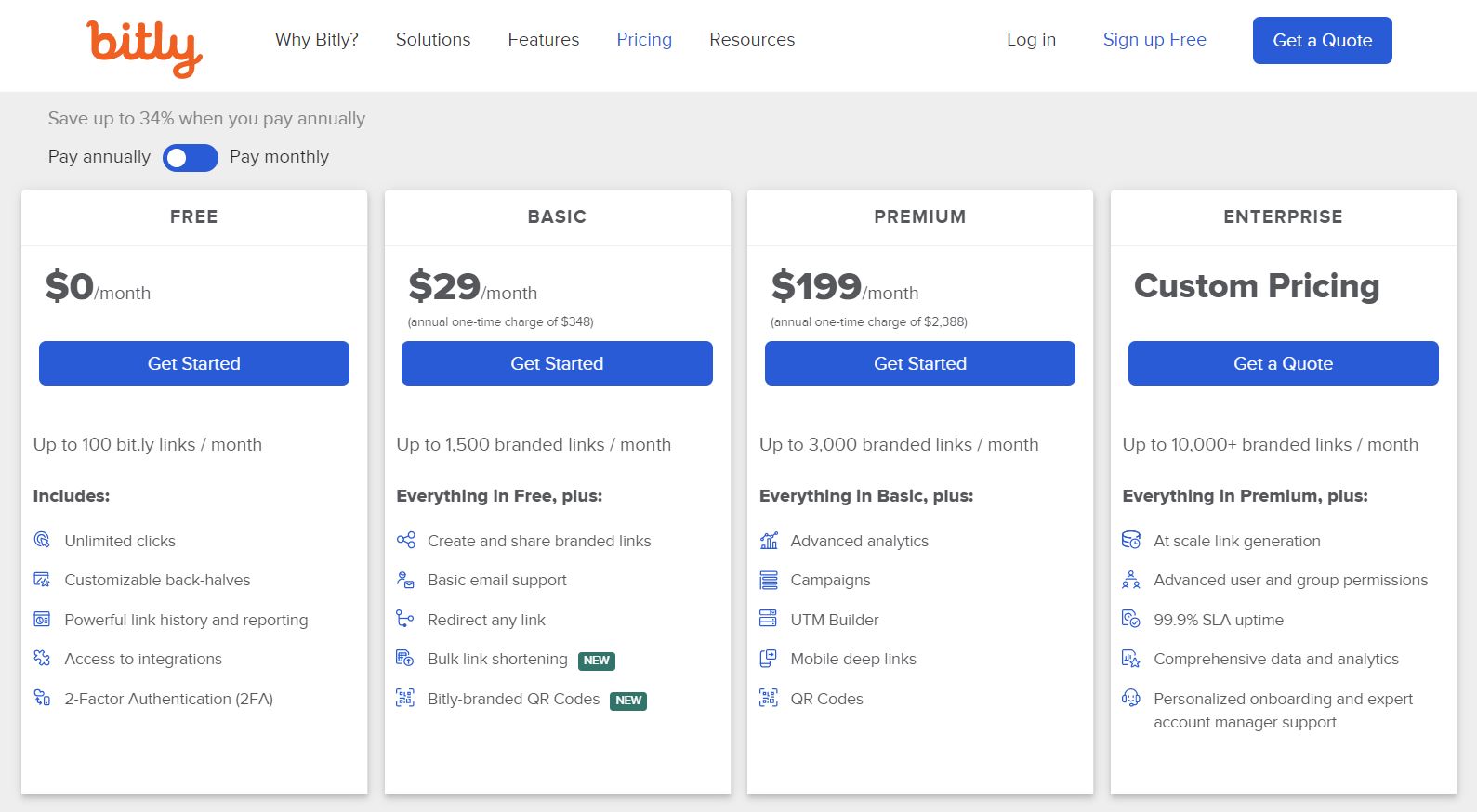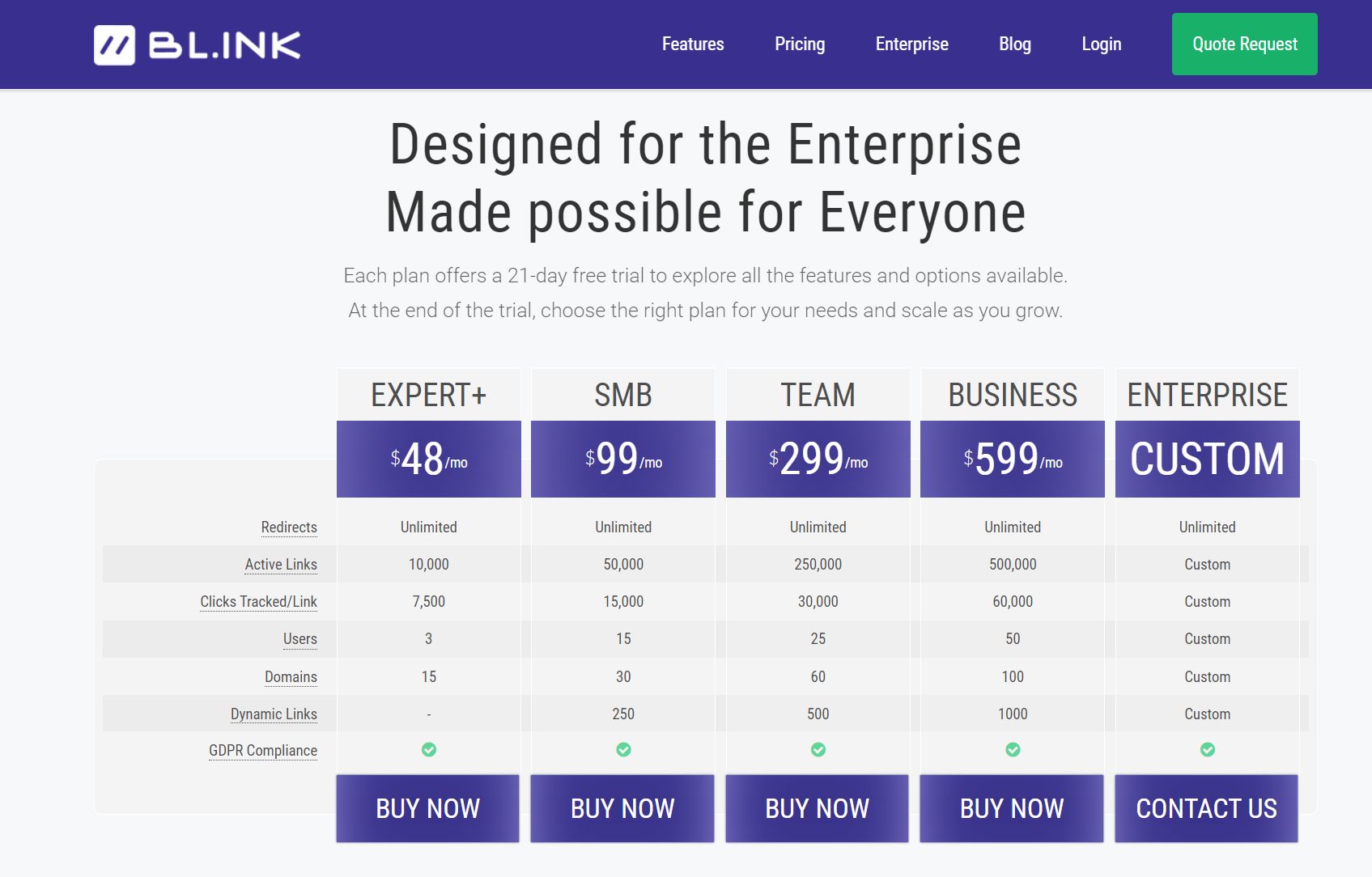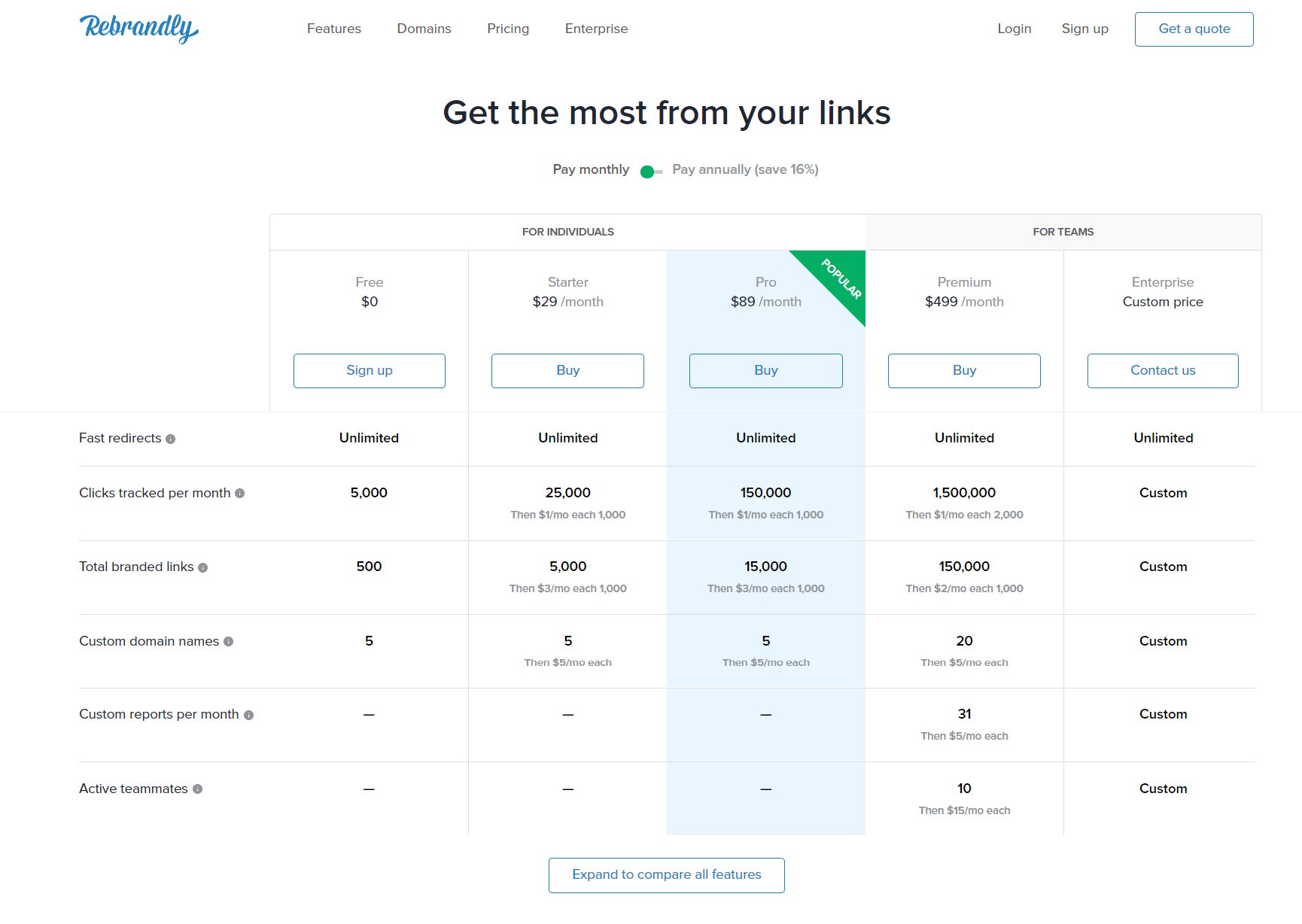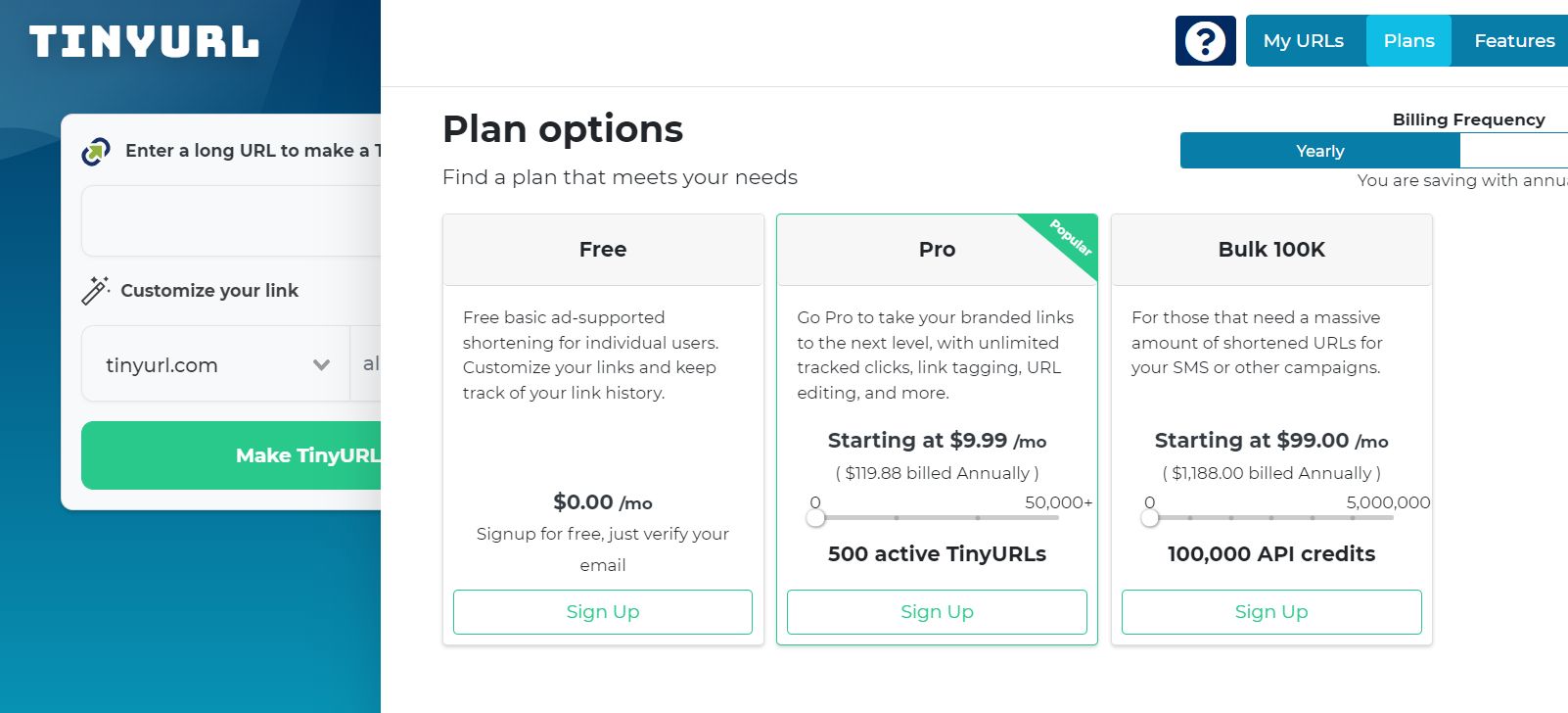The Rise and Fall of URL Shorteners
With the advent of social media, there came the need to shorten URLs in order to accommodate them in social media posts.
With the advent of social media in the early 2000s, everybody started sharing resources online. And there came the need to distinguish between different kinds of visitors who came to your website, from different channels. How do you differentiate between a visitor who came from LinkedIn vs. a visitor who came from Google? URL tagging was the obvious solution, but that resulted in cumbersome, long URLs.
Here’s an example of URL tagging that’s very commonly used in paid marketing campaigns.
www.camptag.ai?utm_source=google&utm_medium=ppc&utm_campaign=leadgen
These 3 common UTM parameters can capture all relevant information about your website visitors from any campaign. In addition to these, there are other UTM parameters like utm_content and utm_term that gives information on the type of ad, and the keyword used.
Custom dimensions in campaign URL tracking
If you would like to move one level higher than 5 standard UTM parameters, you can add custom dimensions like utm_category, utm_subcategory, utm_product, utm_asin, utm_sku etc. to collect more granular information about your campaign performance.
But the more UTM parameters you add to URLs, the longer, uglier and more cumbersome they become.
www.camptag.ai?utm_source=google&utm_medium=ppc&utm_campaign=leadgen&utm_content=textad&utm_term=url+builder&utm_category=paidmarketingtools&utm_subcategory=tracking
In this URL, the part after the ‘question mark’ is a tag that helps you understand where the traffic came from.
and so on. Imagine adding this URL to a limited 280-character tweet.
The Rise of URL shorteners
Around year 2000, URL shorteners were introduced to address this problem of shortening long, clumsy URLs into compact, neat strings. Also called URL compressors, these services will map your long URLs to short URLs, which you can then add to your posts without taking up too much space.
For example, if you add your long URL to a URL shortener like Bitly, it will give you a short URL like the one below:
Long URL -
http://www.camptag.ai/products/campaign-tracking/camptag-marketing-taxonomy-and-campaign-url-builder.php
Shortened URL -
https://bit.ly/32wCaGd
The URL shortener service keeps a database of your long URLs. When a user clicks on the short URL, they are directed to the provider’s website from where, they are redirected to the original long URL.
Top 5 URL shorteners
There are many popular URL shorteners available with a variety of useful features. Here are some of them:
1. Bitly
One of the most-used URL shorteners, Bitly gives 100 shortened links Free per month. These links would be using the bit.ly domain, and will not allow branded URLs.

Bl.ink provides features like branded links, dynamic and masked links, advanced reporting and integrations with popular tools.
2. Bl.ink
Bl.ink provides a free trial of 21 days, post which there are several options like Expert, SMB, Team, Business and Enterprise options available starting at $48/month.

Bl.ink provides features like branded links, dynamic and masked links, advanced reporting and integrations with popular tools.
3. Rebrandly
Rebrandly offers 5000 free shortened links with 500 branded links, which is their key differentiator.
Paid packages start at $29 per month. There are some cool features like emojis in shortened URLs, 2-factor authentication, mobile apps, and customized integrations that help Rebrandly stand out in the already crowded market of link shorteners.

4. TinyURL
One of the oldest URLs shorteners, TinyURL was launched in 2002. They offer unlimited shortened URLs, but branded URLs start at $9.99.
The free version offers basic history for a month, but no other analytics.

5. Goo.gl
No list of URL shorteners is complete without mentioning this giant who owned over 60% market share sometime back. Google has now sunsetted this popular product and moved on to Firebase Dynamic Links to provide deep links inside mobile apps, on different operating systems.
URL shorteners honorable mentions
There are many other popular URL shorteners which offer a range of special features:
- Ow.ly which is now part of the Hootsuite platform
- T2M URL Shortener
- Tinycc
- Bit.do URL Shortener
- Shorte.st
The Fall of URL Shorteners
URL shorteners currently don’t enjoy the same level of popularity and demand that they had in the initial days, due to a variety of reasons.
- 1. Native URL shorteners
-
Most social media platforms like Twitter and LinkedIn have their own URL shorteners that automatically shorten all links placed inside a post. Like https://lnkd.in/gsxZ-4yR or https://lnkd.in/g3m54ND5. Facebook loads the link as an image, which later becomes the link from your posts to your websites.
- 2. Spammy shortened links
-
Shortened URLs can fool users into clicking on links that are spammy or spurious, since they mask URLs that look suspicious.
- 3. Redirects lead to increased load time
-
URL shorteners work by redirecting users to the URL shortener website like Bitly or Blink, resulting in one extra hop or redirect, which can add to the page load time.
- 4. Possible 404 links
-
If the URL shortener website shuts down or stops working, it will result in 404 errors for all your website links, used in different platforms.
- 5. Non-branded links
-
Unless you purchase branded links on URL shortener websites, the shortened links will have the domain of the URL shortener website. For example, all your links would begin with bit.ly, instead of your domain name.
- 6. Blocking
-
Some websites and social media platforms block shortened links, which might result in your visitor not reaching the destination.
Alternative to URL shortening – Using an ID that summarizes the parameter values
CampTag provides users with the option to map all their campaign URL tracking parameters to a single campaign ID or UTM ID, a randomly generated value that effectively replaces all the parameter values.
In a campaign, URLs like www.camptag.ai?utm_source=google&utm_medium=ppc&utm_campaign=leadgen&utm_content=textad&utm_term=url+builder&utm_category=paidmarketingtools&utm_subcategory=tracking can be shortened into
www.camptag.ai?cid=456679
This unique ID can then be added to an advertising platforms like Google Ads or Adobe Analytics to gather customer information.
This method is now increasingly being used by marketers for various reasons:
- URLs are shorter, and hence there is no need to use separate URL shorteners.
- Your competitors will not see the URL parameters and values, which can reveal your marketing strategy to them.
- Less chances for data entry errors since the parameters are added separately to spreadsheets instead of being manually entered for each campaign.
If you are interested in using UTM id or campaign ID to tag your campaign URLs, reach out to CampTag, the awesome marketing taxonomy and URL builder tool.